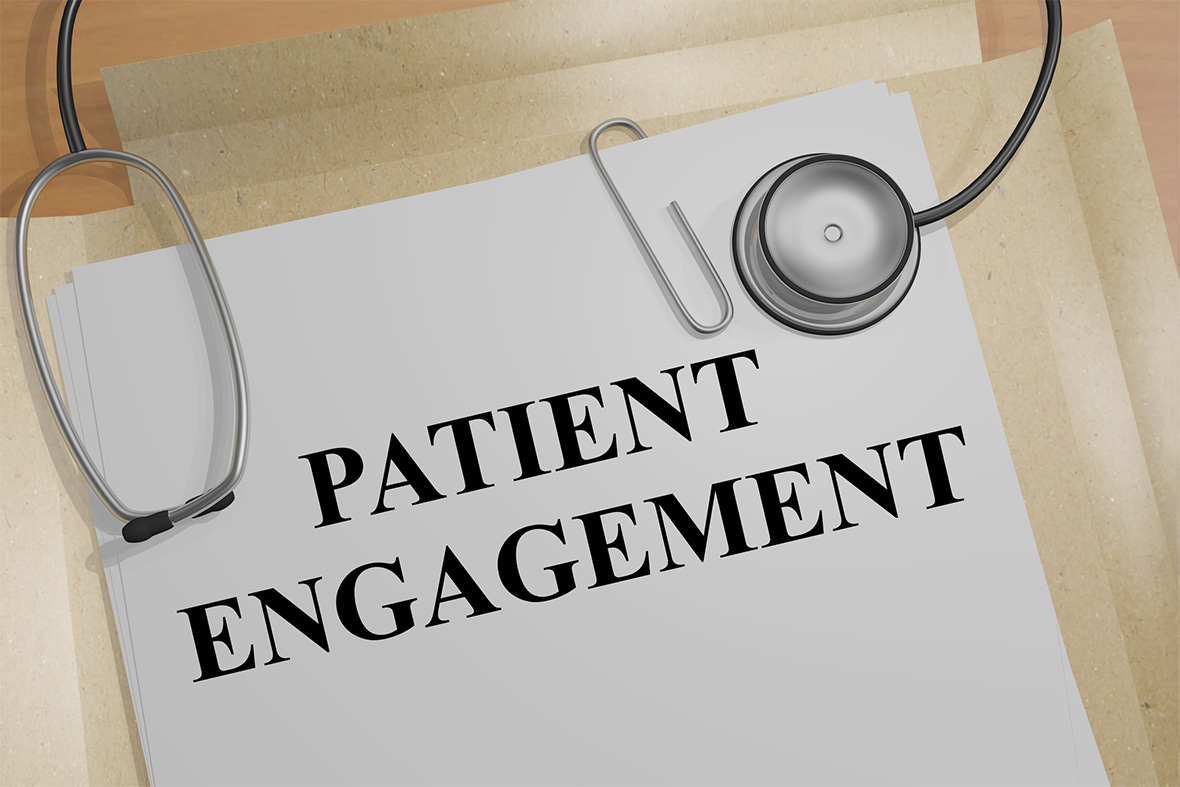
Patient engagement has become the mantra and a primary objective of most healthcare organizations, but marketing has traditionally been underutilized by many providers as a primary strategy for increasing patient engagement. This is particularly true when it comes to impacting levels of engagement among people who are already established patients within a healthcare delivery organization.
The traditional role of marketing in healthcare has been outward facing. That makes sense in a fee-for-service, volume-based revenue model where adding more patients, procedures and market share has been the key to continued growth and profitability.
Healthcare is Changing – and So Must Marketing Strategy and Focus
In an environment that is slowly but inexorably moving from volume to value (with corresponding changes in how healthcare delivery organizations will be paid), the focus needs to shift to greater attention to the activation, engagement and improved health outcomes of established patients and not just on the next new patient.
With that shift in focus, marketing teams should be leaders in the process of communicating and influencing patient perceptions, attitudes and behaviors that determine greater or lesser levels of patient engagement.
To be sure, patient engagement is not limited to established relationships and the strategies spelled out in this article are equally applicable to engaging prospective new patients.
7 Must-Do Strategies for Marketing Patient Engagement
Since mnemonics help people remember things that might otherwise be difficult to recall, we’ll use the focus on engagement – the P-A-T-I-E-N-T – as the mnemonic for the must-do strategies for marketing patient engagement.
- Promote
- Access
- Teach
- Invite
- Empower
- Nurture
- Thank
1) Promote
Promotion is a core purpose and function of marketing. Patient engagement is based on activating patients by promoting and empowering good health as a team collaboration between a proactive, health-conscious patient and a proactive, health-minded provider team. Seems like a perfect match, no?
Is your marketing team working with your provider team and your care coordinators to establish an effective communications approach and messaging that is natural, genuine, motivational, empathetic and tailored to a range of specific clinical conditions, challenges and psychological/emotional barriers? If not, why not?
2) Access
Access to care can be a major barrier or a benefit to patients, depending on a variety of factors and definitions of what access means.
Access issues include:
- hours of operation
- availability of providers
- geographic proximity
- parking
- transportation
- health insurance
- payment options for out-of-pocket costs
- languages spoken
- telehealth options
- public knowledge/awareness of access issues
Yes, that last bullet is a big one. It’s also an important communications issue for marketing patient engagement.
Today’s healthcare consumers in urban/suburban and rural areas have different considerations, concerns and choices when it comes to access. For patients in urban and suburban areas, there are many choices regarding where and how quickly and conveniently access is available. But questions about access in these areas are often difficult and confusing for patients to try to navigate.
For rural residents, access is often about limited choices and availability, time and distance required for travel and remote telehealth options.
In both environments, clear, omnipresent information about access is an important communications responsibility of the provider organization and its marketing team. Confusion and ignorance about access options inhibits patient engagement.
3) Teach
Lack of knowledge regarding health information, health risks and care options is one of the biggest limiting factors affecting patient engagement. Patient education precedes and goes hand-in-hand with patient engagement.
Teaching healthcare consumers requires engaging the patient in noticing and appreciating the relevance, value, importance and usefulness of the information shared with them. Relevance is key. You can’t teach people what they don’t care about and patients won’t care about information that they don’t see as being relevant to their personal health situation. Worse, you may condition them to tune out future messages if they perceive your information as not relevant.
Not all teaching opportunities or education topics are relevant to all patients. While you want to identify and prioritize health education topics that are more generally applicable to more people, it’s important to segment your audience using your EMR and population health management data to segment your patient audience so you can tailor topics and messages to be more relevant to the health conditions and circumstances of different patient cohorts.
4) Invite
Successful patient engagement requires two-way conversations. One-way messaging rarely works to activate patients because they tend to feel lectured or “talked at” or sometimes even harassed rather than feeling listened to, heard and cared about.
Inviting patient questions and feedback are important components of patient engagement and related messaging. This also means there needs to be a timely system and process for response to patients when they do raise questions or feedback, whether that input is received electronically (email, portal messages, online chat), by phone or in person.
FAQ lists can also be helpful and inviting but should not be positioned to patients as a substitute for human response.
5) Empower
While promotion, access, teaching and invitation for questions and feedback are all helpful in encouraging greater levels of patient engagement, most people who aren’t already engaged won’t take action and change behavior until or unless they feel empowered. Empowerment is a process, not a one-time, one-contact interaction and it requires a relationship and support system.
Marketing teams should be a key contributor to (or ideally lead) the communications process but can also be part of the support system. Getting input, feedback and collaboration with providers, care managers and other members of a patient support team can allow marketing to add considerable value to the best process and language as well as other effective communications tools and techniques to help patients feel really supported and cared about, listened to and heard.
6) Nurture
Another aspect of helping patients feel heard, supported and empowered is the ongoing nurturing and encouragement of non-engaged patients. Patients who are not engaged will choose to reengage at different times, depending on many factors. If we accept the premise that patient engagement is about relationships, it follows that all relationships require nurturing to survive and thrive.
Again, marketing teams are well-suited and experienced in creating and nurturing relationships through repetitive communications, events and other activities, so it’s a missed opportunity if marketing experience and expertise is not brought to bear on the process of nurturing these relationships with patients. This is particularly true in terms of the messages, the language, the frequency of communications, the emotional hot buttons and related barriers for non-engaged patients.
Certainly, other members of the patient’s support team (providers, care managers, family members and others) have their own roles to play in nurturing patients to feel more empowered and supported in the process of re-engaging and taking some personal ownership in their own health and care, but the marketing team can help coordinate and integrate the many ways, timing and messages coming from different members of the patient’s support team involved in the nurturing of patients toward a path to reengagement.
7) Thank
Gratitude is a powerful emotion, both for the giver and the receiver. When someone who has not been an engaged patient takes action – even small steps in the right direction – that positive behavior should be noticed, acknowledged and appreciated. Congratulating and thanking someone for a positive action is an empowering reinforcement.
The process of successful patient engagement is not just about one positive action or encounter. It’s equally important that the reengaged individual stays engaged. That requires continual communication, empathy, listening, acknowledgement, encouragement, nurturing and yes – gratitude. The patient who feels acknowledged and appreciated is more likely to remain engaged and the feeling of gratitude becomes mutual.
This is where the real “glue” of patient engagement takes hold and where the real gains in improved positive, sustained better-health outcomes are usually found.
Conclusion
Effective patient engagement is based on building and nurturing relationships. Patients don’t reengage based on episodic contact and one-way outreach. Relationships require constant nurturing and marketing teams are (or should be) important contributors and potentially even coordinators of the ongoing communications process that is essential for success in patient activation, sustained engagement and, ultimately, improved health outcomes.
Remember that P-A-T-I-E-N-T must reside at the center of patient engagement.
